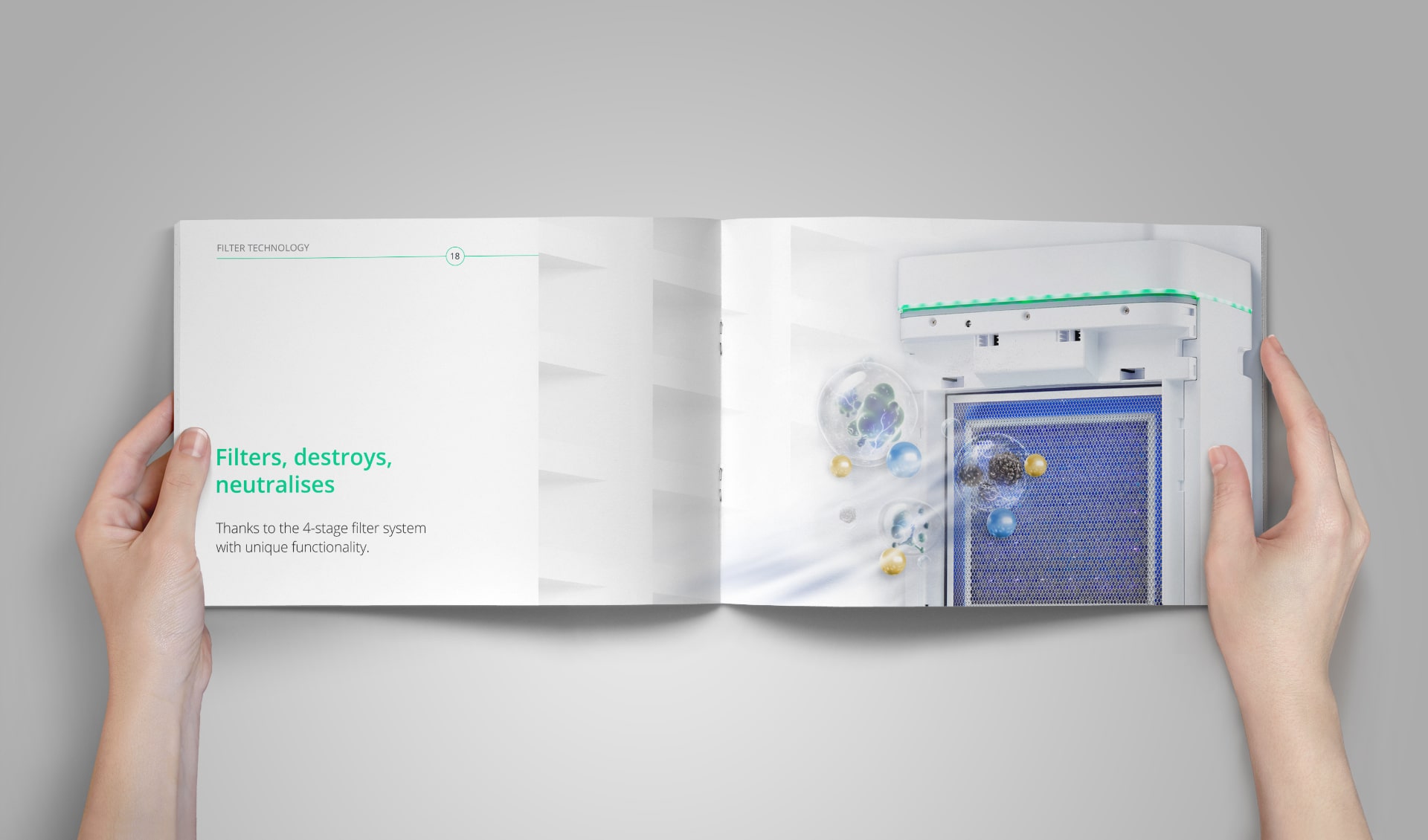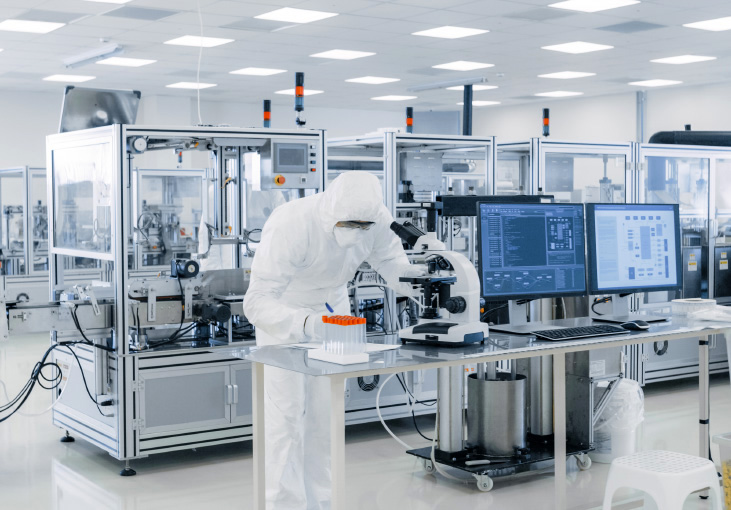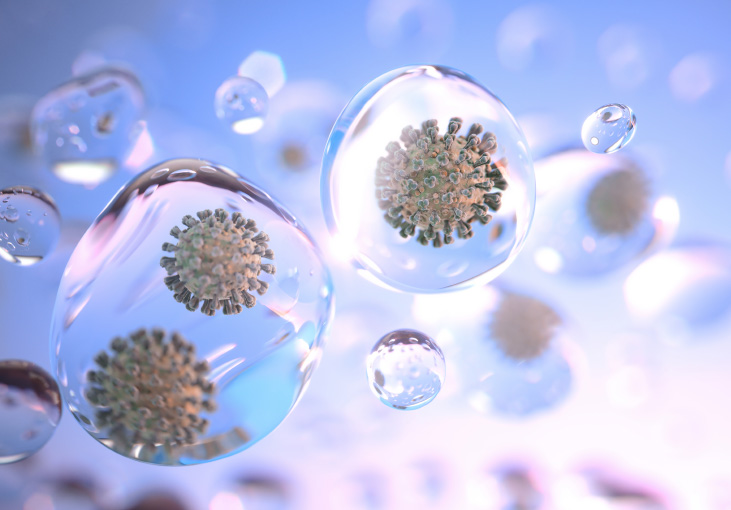Downloads
Scientific Proof
Press Releases
Studies & Scientific Reports
medRxiv by Cold Spring Harbor Laboratory (CSHL)
For the first time worldwide, the University of Florida succeeded in detecting living Sars-CoV-2 in the air and 5 meters away from the patient. This clearly proves aerosol transmission and standard ventilation in interior spaces is not enough. In addition, it was confirmed that the virus stays infectious for up to3 hours in the air.
The Lancet - Respiratory Medicine
The analysis shows that the most dangerous particles are those that are less than 0.1 µm in size - much smaller than usual aerosols (3-5 µm).
National Institutes of Health, Hamilton, USA
Aerosol and surface stability of HCoV-19 (SARS-CoV-2) compared to SARS-CoV-1
National Academy of Sciences, USA
The airborne lifetime of small speech droplets and their potential importance in SARS-CoV-2 transmission
National Academy of Sciences, USA
Infectious virus in exhaled breath of symptomatic seasonal influenza cases from a college community
The Journal of Clinical Investigation, USA
Metabolic effects of air pollution exposure and reversibility: It has long been known that air pollution in city centers has negative effects on people. It has now been analyzed and proven by Johns Hopkins University that fine dust / car exhaust fumes lead to an increased risk of diabetes. We\'re exposed to that pollutants also in indoor environments, especially in big cities.
Science Mag - American Association For The Advancement of Science
Respiratory infections occur through the transmission of virus-containing droplets (>5 to 10 μm) and aerosols (≤5 μm) exhaled from infected individuals during breathing, speaking, coughing, and sneezing.
Université Laval in Québec, Canada
Clinical Infectious Diseases (2015; doi: 10.1093/cid/civ321) - Detection and Quantification of Airborne Norovirus During Outbreaks in Healthcare Facilities
Medical Research Institute, Chungbuk National University, Republic of Korea
Infection and Rapid Transmission of SARS-CoV-2 in Ferrets
Nature Research Journal
Aerosol emission and superemission during human speech increase with voice loudness
New England Journal of Medicine
Aerosol and Surface Stability of SARS-CoV-2 as Compared with SARS-CoV-1
JAMA Network - American Medical Association
Turbulent Gas Clouds and Respiratory Pathogen Emissions Potential Implications for Reducing Transmission of COVID-19
International Press
Fortune
A woman spread COVID to 27 customers at a Starbucks. Its mask-wearing employees escaped infection:
Pulse News Korea
The Convergence for Emerging Virus Infection (CEVI) Research Group at the Korea Research Institute of Chemical Technology finds neutralizing antibodies against COVID-19
Business Insider
You\'re most likely to catch the coronavirus after other infected people cough, sneeze, or talk near you
The Economist
A new study shows that SARS-CoV-2 can linger in the air for hours and on some materials for days
NBC
6 feet enough for social distancing? MIT researcher says droplets carrying coronavirus can travel up to 27 feet
Public Institutions
Italia Ministry of Health
How is the new Coronavirus transmitted from person to person?
The new Coronavirus is a respiratory virus that spreads mainly through close contact with a sick person. The primary route is the breath droplets of infected people through, for example:
- saliva, coughing and sneezing
- direct personal contacts
- hands, e.g. touching with contaminated (not yet washed) mouth, nose or eyes
What is the definition of close contact?
The "close contact" (high risk exposure) of a probable or confirmed case is defined as:
(...)
a person who has had direct (face-to-face) contact with a COVID-19 case, at a distance of less than 2 metres and at least 15 minutes
a person who has been in a closed environment (e.g. classroom, meeting room, hospital waiting room) with a COVID-19 case in the absence of suitable PPE
(...)




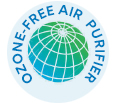
SCIENTIFICALLY VERIFIED

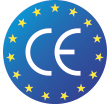


CERTIFIED ON ISO
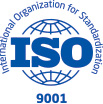
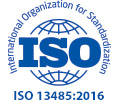
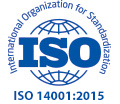
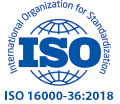
IN THE MEDIA




 English
English
 Deutsch
Deutsch
 Français
Français
 Italiano
Italiano
 Español
Español
 한국어
한국어
 繁體中文
繁體中文
 Việt Nam
Việt Nam

